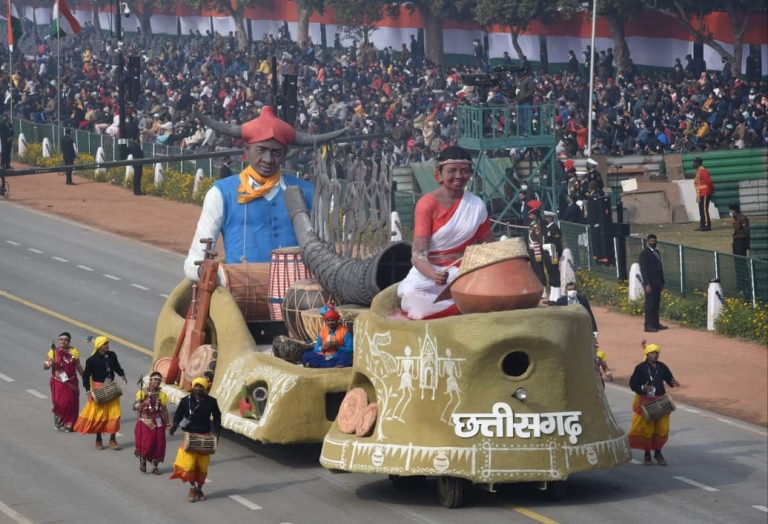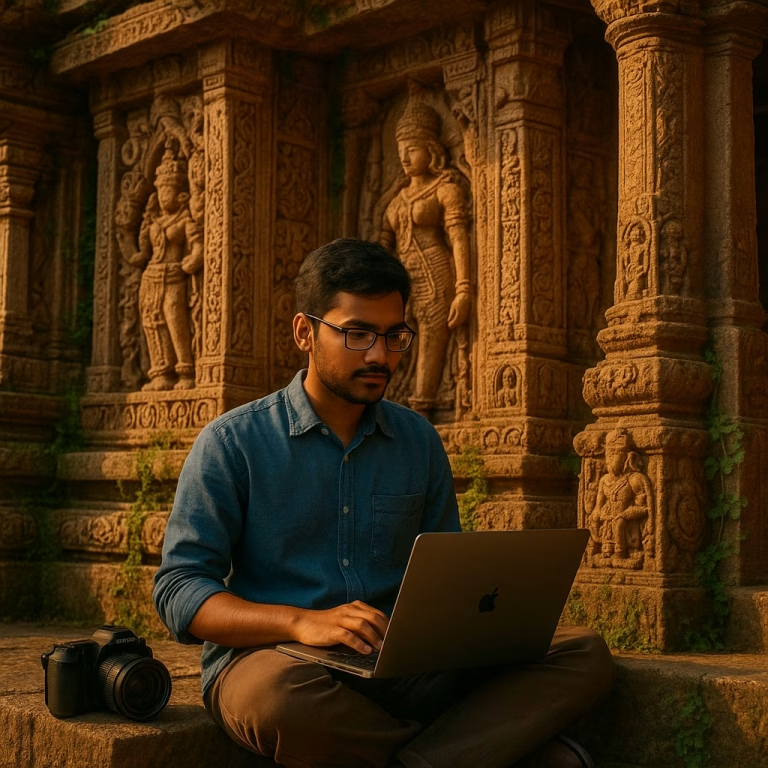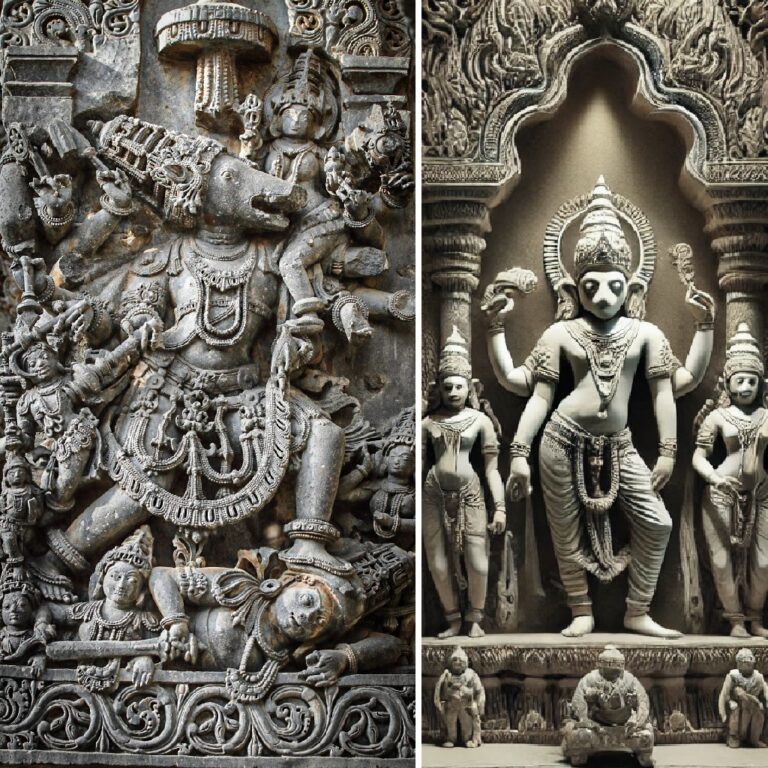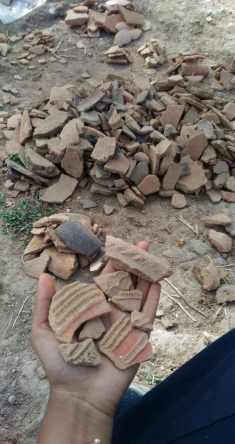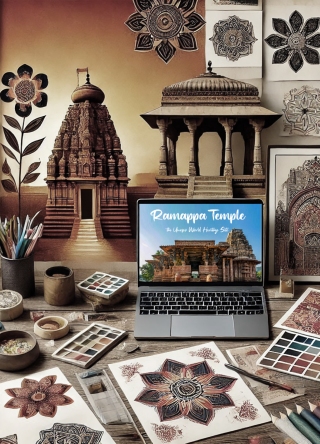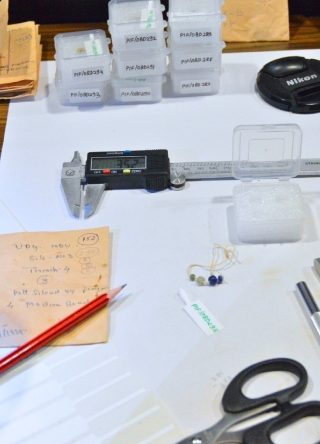Team Encounters
Preserved in Flavour : Finding Heritage In Our Kitchens, Beyond Monuments
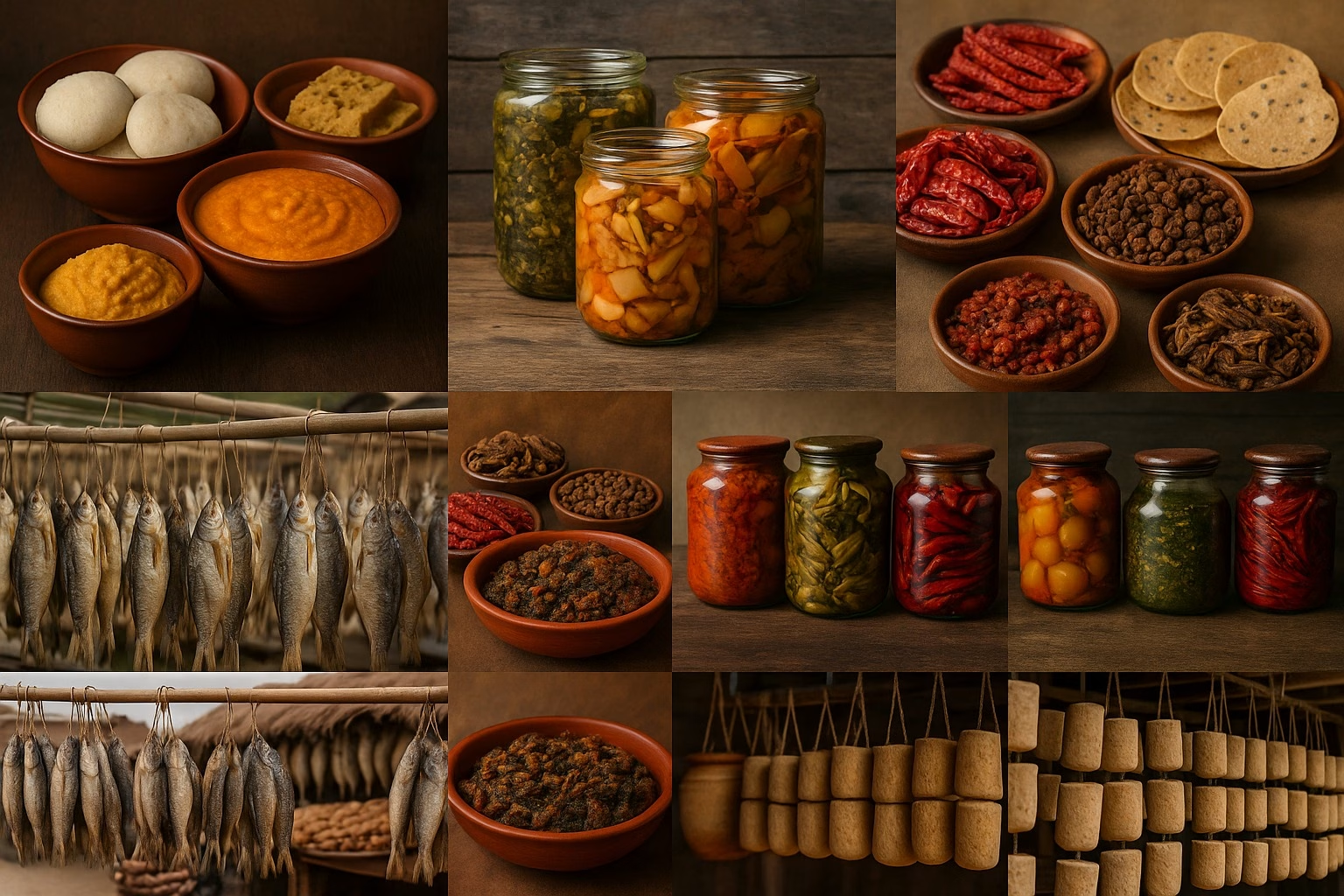
Heritage extends beyond grand structures to the everyday, especially food. Long before cities, kitchens were centers of innovation, particularly in food preservation.
Techniques like fermentation (idlis, dosas, gundruk) and drying/salting (sun-dried berries, salted lemons, dried fish) arose from necessity, showcasing ingenious ways to sustain communities across India’s diverse regions. Similarly, amchur (dried mango powder) and papads enable nutritious diversity; along the coasts, sun‐dried chilies, dried fish and regional fish “shutki” preserve protein through the monsoon. Pickled gooseberries (amla āchār), gongura chutney, bamboo shoot pickles and artisanal cheeses like chhurpi reflect local ecologies and communal memory.
This demonstrates that heritage is not static; it thrives in the simple acts of cooking and crafting. Recognizing these living traditions deepens our understanding of heritage, much like monuments preserve history, so do the dishes that have nourished communities for centuries.
Working for the Pleach India Foundation, I have learnt that heritage does not only belong in museums — it survives in every fermenting jar on a windowsill, every recipe passed down through whispered memory, every local ingredient that has adapted and endured. We do not just document culture —we aim to nourish it. And in doing so, I am inspired to look at food not just as sustenance, but as a vessel of story, identity, and continuity.


